The London Design Festival is now in its 14th year. With 400 installations and events, this year is no exception to the rule that each edition of this annual event is bigger than the last. The festival celebrates design in all its forms, from product launches to more conceptual approaches to design and covers more of the city every year: there are now seven design districts to explore, from the original district of Brompton Road to Brixton, this year’s addition. Here are some highlights of the exhibition programme:
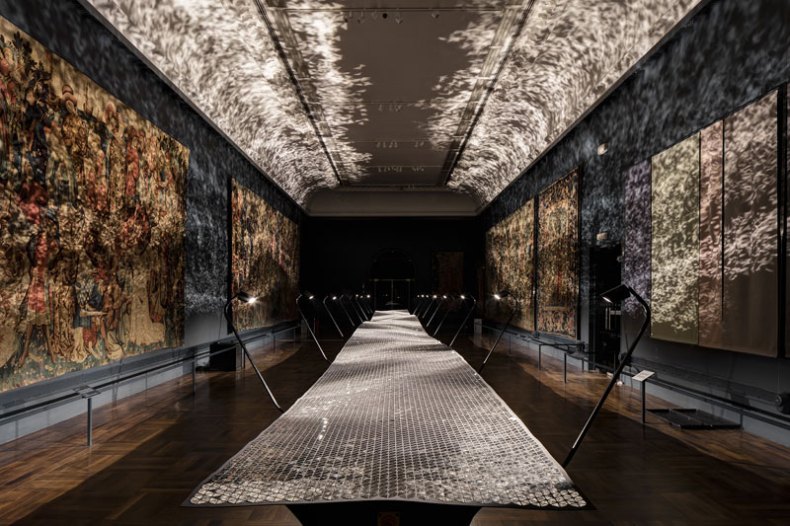
FOIL by Benjamin Hubert of Layer, supported by Braun
London Design Festival at the V&A
The Victoria and Albert Museum remains at the heart of the event and each year leading designers create ingenious installations, which often test familiar materials in new ways, around the museum. This year, with his FOIL project, the versatile designer Benjamin Hubert has made a flexible carpet of 50,000 mirrored stainless-steel panels and laid it down the length of the Tapestry gallery (between the hunting tapestries). Studio Glithero’s monumental Green Room installation in Staircase G makes an ‘abstract clock’ out of a cylindrical curtain of 160-silicone cords hung from a revolving motorised arm. The arm makes a revolution a minute, raising each cord in turn and creating a wave of slowly moving colour.
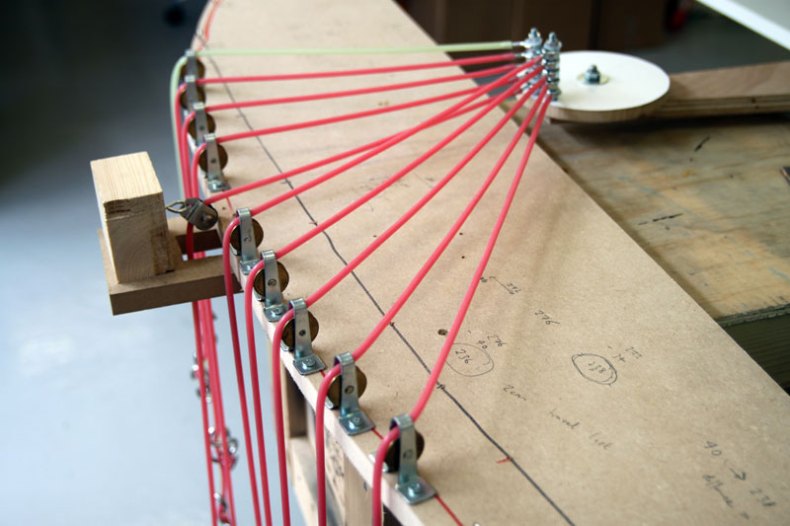
The Green Room by Glithero, supported by Panerai. Photo: Ed Reeve
London Design Biennale (until 27 September)
The first edition of the London Design Biennale occupies the whole of Somerset House and takes Utopia as its theme, as part of the ongoing celebration of the 500th anniversary of the publication of Thomas More’s philosophical fiction. Thirty-seven countries are taking part in the event, with designers imagining visions of the future city, or investigating unrealised past utopian ideas. Among the highlights, the architect Annabel Karim Kassar’s recreation of a busy Lebanese street has won the inaugural London Design Biennale Medal. The Russian exhibit of ‘forgotten’ projects by Soviet designers, curated by Alexandra Sankova of Moscow’s Design Museum is another must-see, as is Chile’s Counterculture Room. The designers FabLab Santiago have recreated one of the most extraordinary events in modern design: Cybersyn, a project originally commissioned by Salvador Allende. In 1971 the Chilean president asked British cybernetician Stafford Beer to create a computer system to manage the country’s economy. Data from the country’s (nationalised) industries would have been sent straight to the Cybersyn control room (where decision makers could receive it). Photos of the famous room exist, although the system didn’t have time to be tested before the 1973 coup.
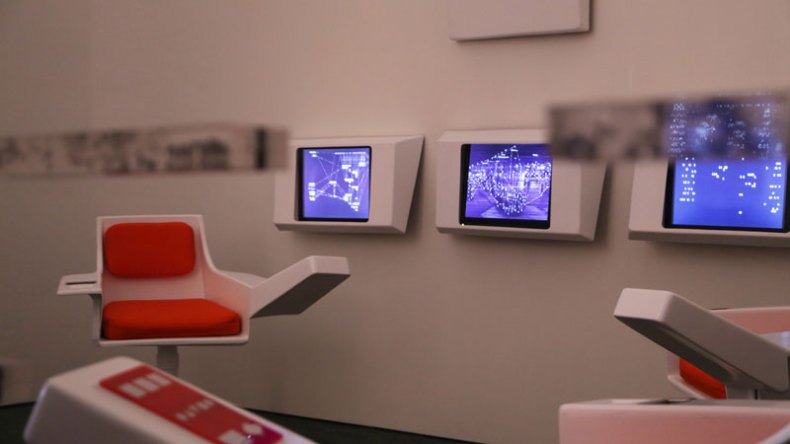
The Counterculture Room at the London Design Biennial, Somerset House. Photo © Victor Leyton
‘Power and Architecture’ at Calvert 22 (until 9 October)
There are more visions of utopia at Calvert 22. The exhibition is now in its fourth and final phase, ‘The afterlives of Modernity — shared values and routines’, in which four artists explore the post-Soviet world, from Aikaterini Gegisian’s film My Pink City, about the militarisation of public space in Yerevan to Dmytrij Wulffius’ Traces on Concrete series – photographs of the architectural landscapes of the artist’s home town of Yalta, taken between 2009 and 2013.
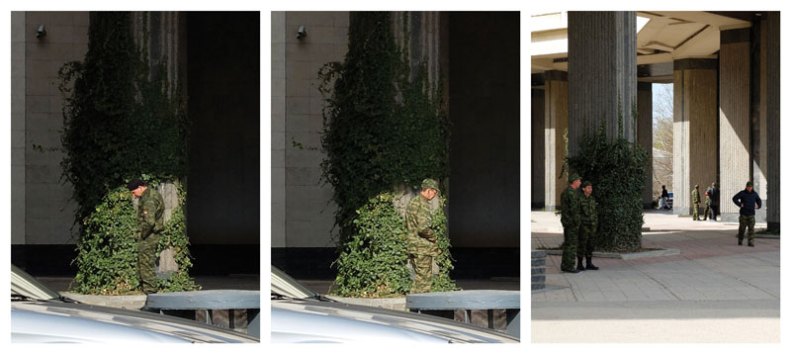
Untitled green, Simferopol (April 2014), Dmytrij Wulffius
Leighton House Museum
Most of Frederic, Lord Leighton’s furniture was sold after the painter’s death in 1896 and despite attempts to recover the pieces, few have been found. The furniture designer Luke Hughes was commissioned to make a replica of the vast sideboard that Leighton and George Aitchison (the architect of the artist’s studio) designed for the dining room. (The designer has also made copies of items such as Leighton’s desk.) Using photographs and drawings the sideboard has been recreated and is inlaid with lapis lazuli from Afghanistan, as the original was.
The London Design Festival runs until 25 September at various venues across London.
Unlimited access from just $16 every 3 months
Subscribe to get unlimited and exclusive access to the top art stories, interviews and exhibition reviews.

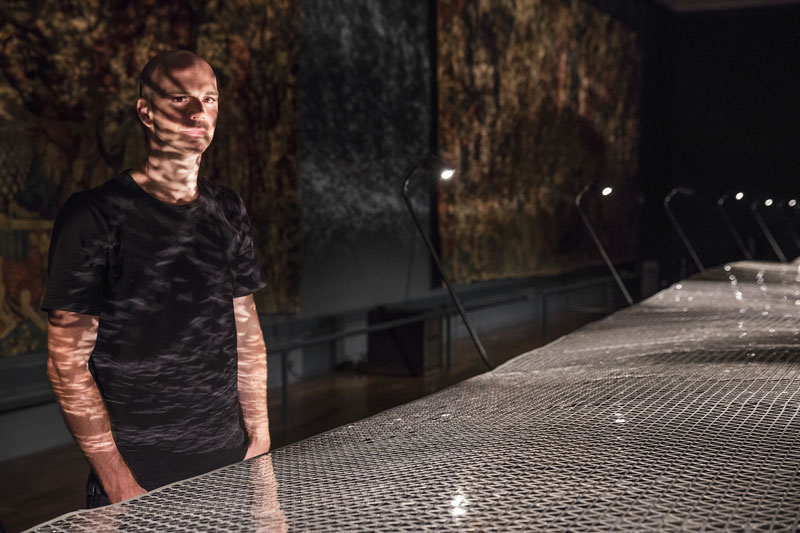

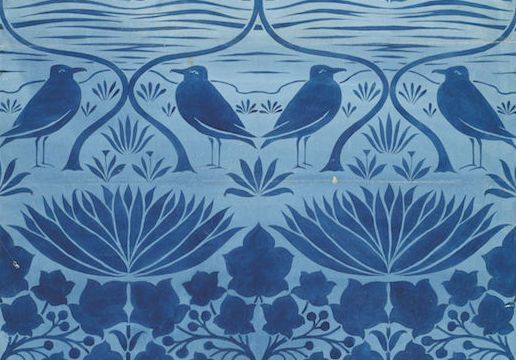
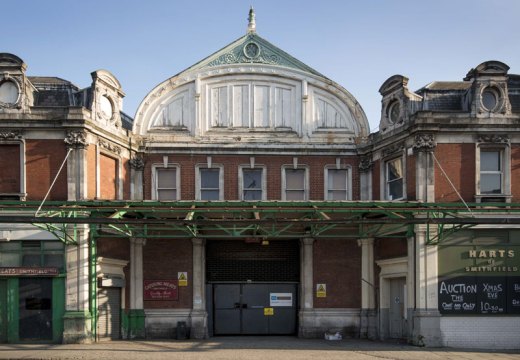









![Masterpiece [Re]discovery 2022. Photo: Ben Fisher Photography, courtesy of Masterpiece London](http://www.apollo-magazine.com/wp-content/uploads/2022/07/MPL2022_4263.jpg)
Why are fathers so absent from art history?